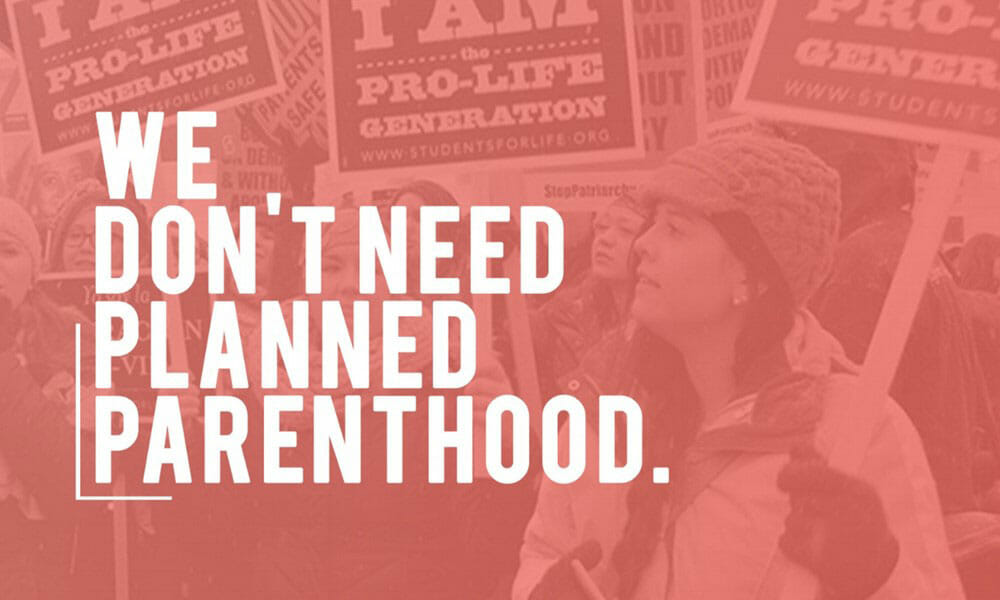Why We Don't Need Planned Parenthood
Learn

Planned Parenthood vs. Federally Qualified Health Centers
Planned Parenthood claims that women would lose access to low-cost healthcare if they were to stop receiving taxpayer funding. However, there are 5,300 of the 17,890 taxpayer-funded community health clinics that provide everything that Planned Parenthood does for women and more — minus abortion.
According to Planned Parenthood themselves, more than 98% of American women will not enter one of their facilities in a given year. Despite that fact, Planned Parenthood received $792.2 million in U.S. taxpayer funding in 2023-2024. That is more than ever before. At the same time, they are also seeing fewer patients, providing fewer non-violent services for women, and have fewer facilities each year.
Planned Parenthood has been decreasing the other medical services they provide for years. According to their annual reports over the last ten years, cancer testing, preventive-care visits, and pap tests are way down. Indeed, even their number of clients served is dwindling. What has increased? Taxpayer funding.
Federally Qualified Health Centers (FQHCs) and free Community Clinics are a BETTER option for women than Planned Parenthood. The HRSA spends $5.1 billion on more than 11,000 FQHC sites annually (the remainder are “look-a-like” clinics that provide medical care but are not formally classified as FQHCs for a variety of reasons). Re-allocating Planned Parenthood’s $500 million to this budget would allow the funding of 1,078 additional FQHCs that would provide quality medical care to the underserved.
Planned Parenthood data sourcing here.
-
They offer services to all persons regardless of their ability to pay — and, unlike Planned Parenthood, they provide comprehensive primary care services. They also offer more women’s health services, including mammograms, which Planned Parenthood does not offer.
-
There are more than 17,890 FQHCs, FQHC service sites, and FQHC “look-a-likes” across the United States. 5,300 of these FQHCs specifically provide women’s health services. Planned Parenthood, on the other hand, has less than 600 facilities.
-
FQHCs served 32.5 million patients in 2024, compared to the 2.08 million of Planned Parenthood.
-
In every congressional bill that has been proposed to defund Planned Parenthood, legislators proposed redirecting money previously earmarked for Planned Parenthood to these FQHCs and community clinics so they can serve more people.
-
Planned Parenthood’s 501c(4) spends millions on elections and lobbying each year. FQHCs spend $0 influencing public policy.
-
FQHCs bring economic benefits to low-income communities. They generate $63 billion in total economic activity each year and employ more 300,000 employees.
-
FQHCs can do more with your money.
Frequently Asked Questions
What is Planned Parenthood?
